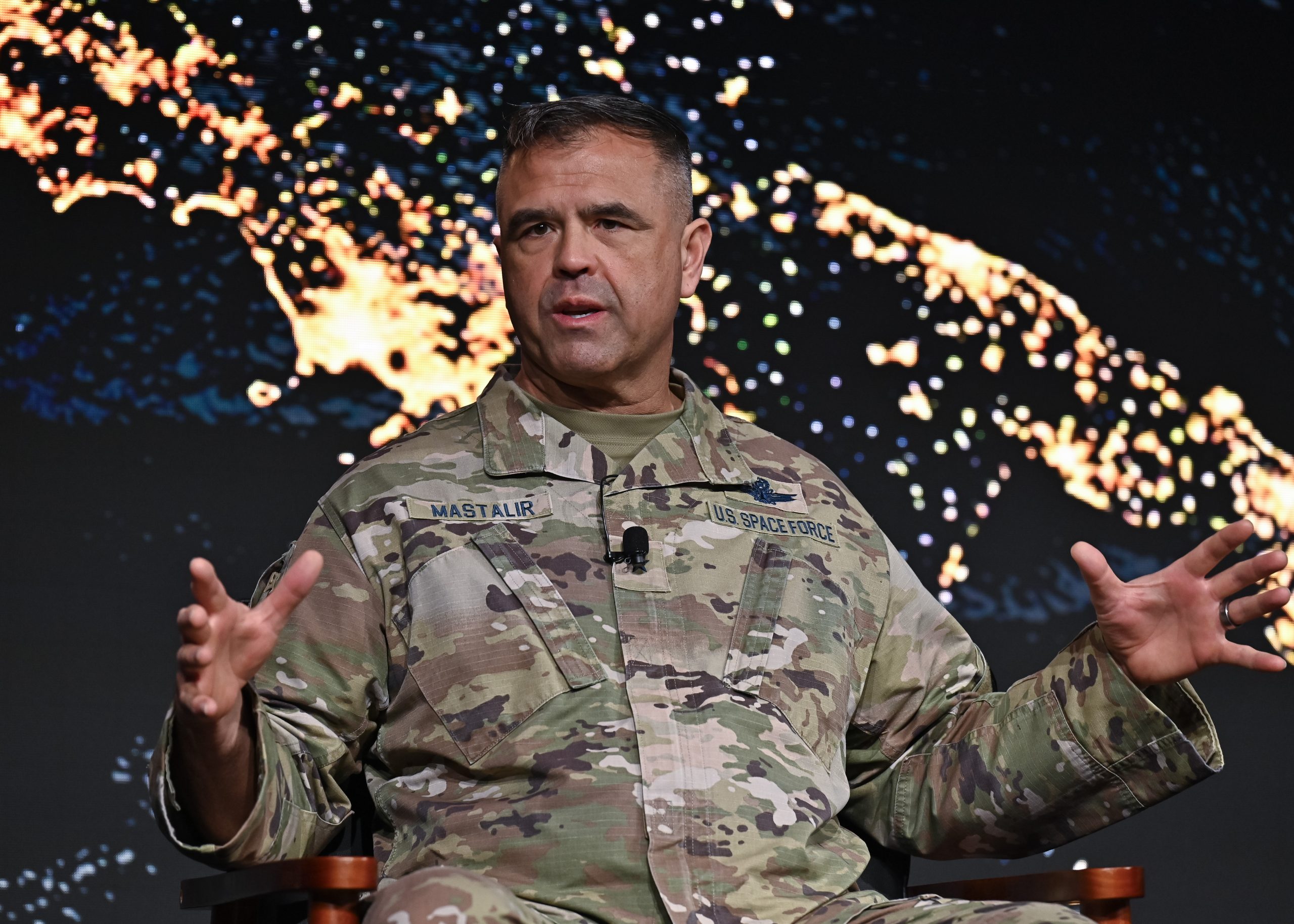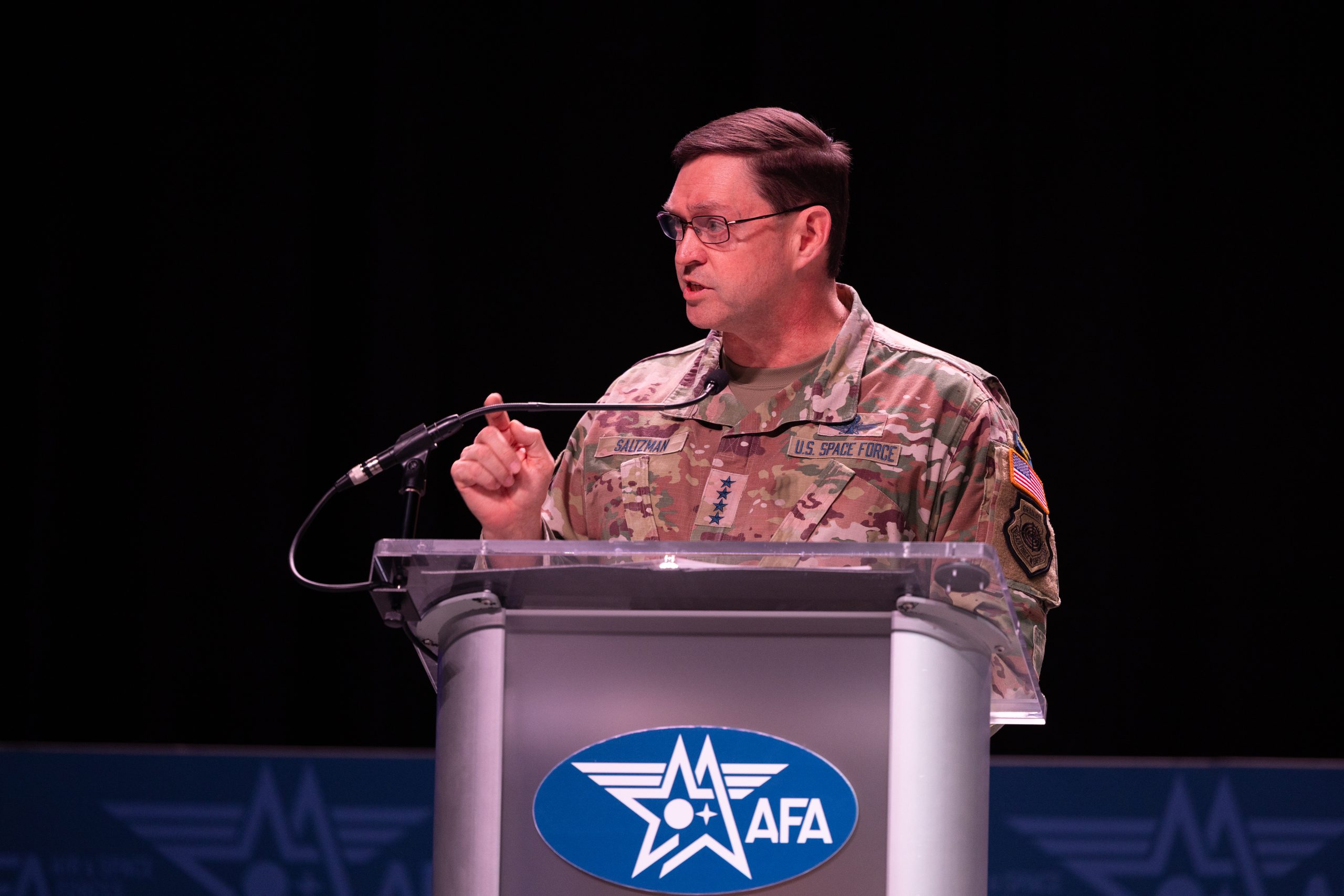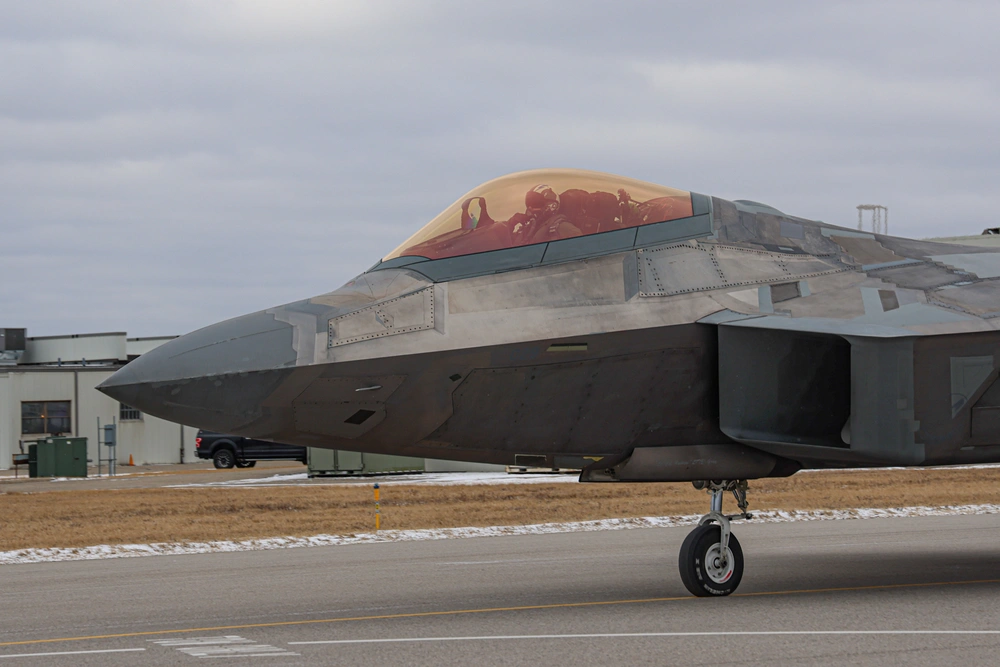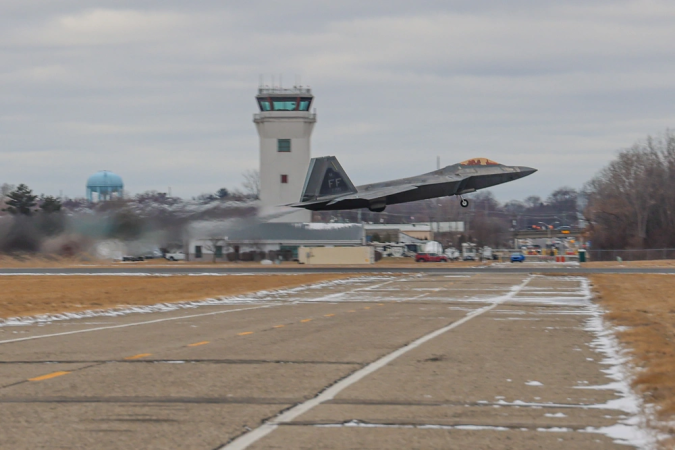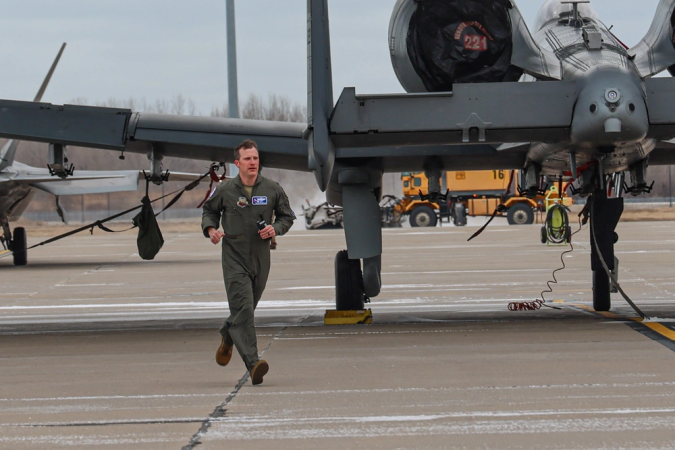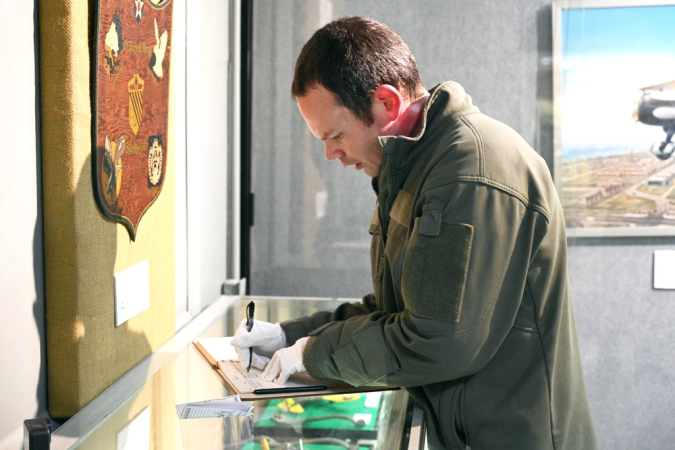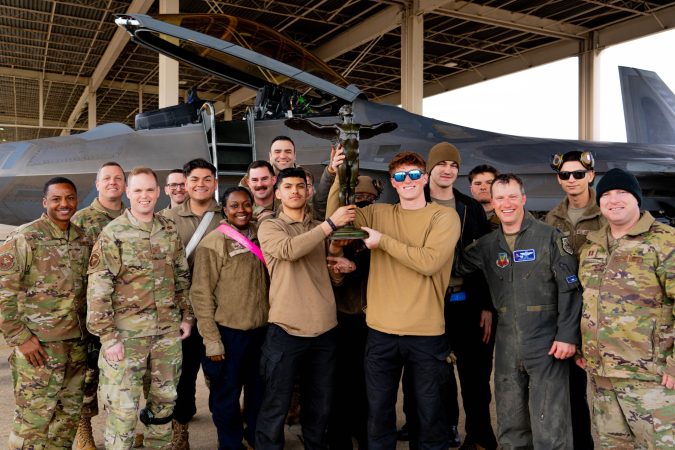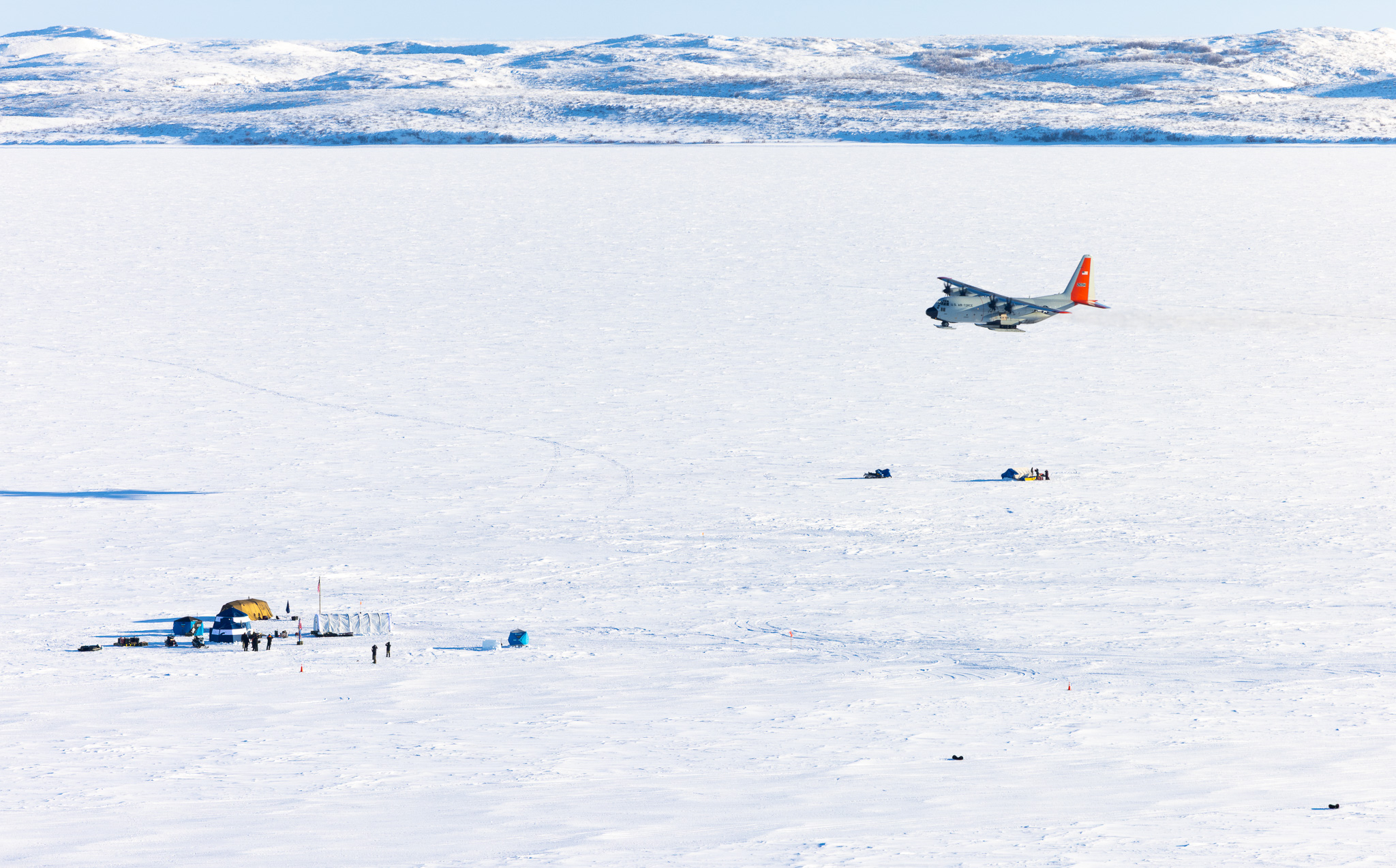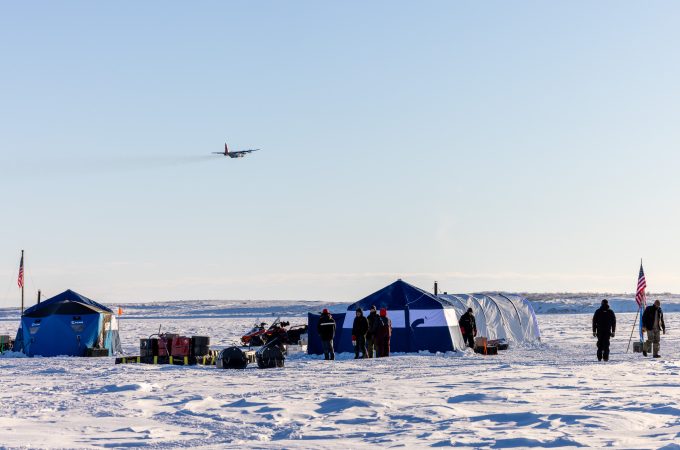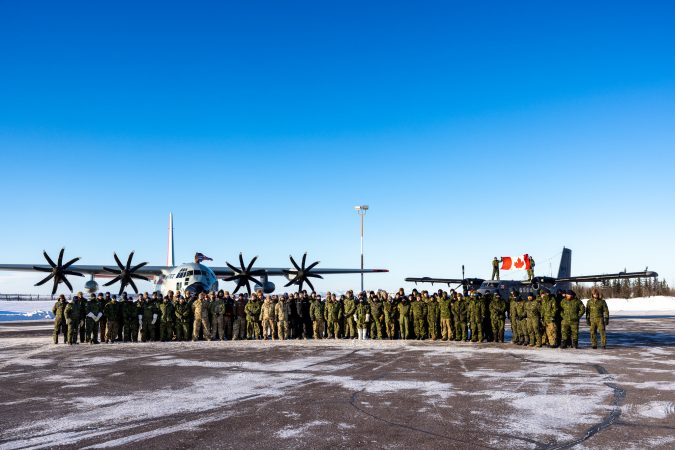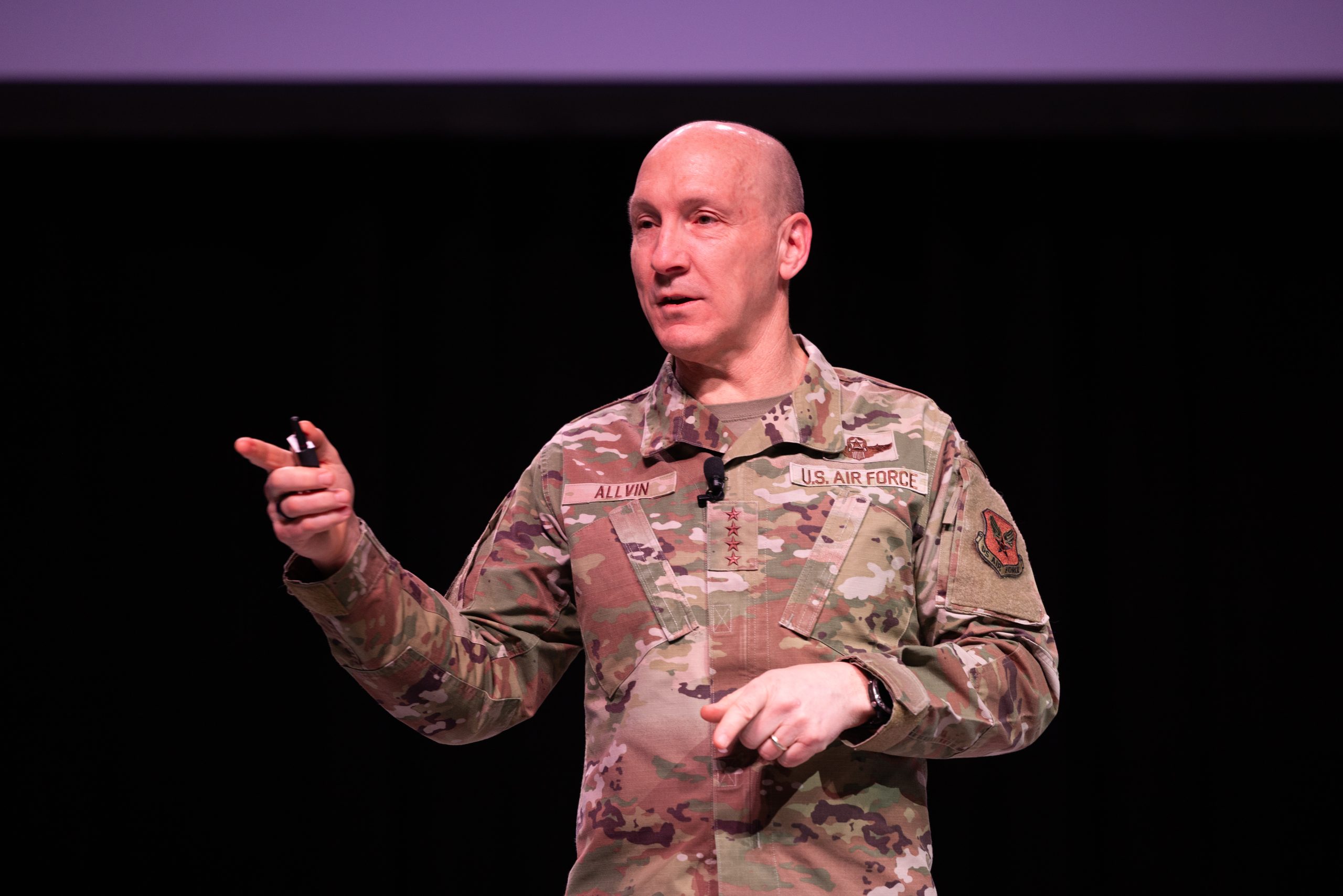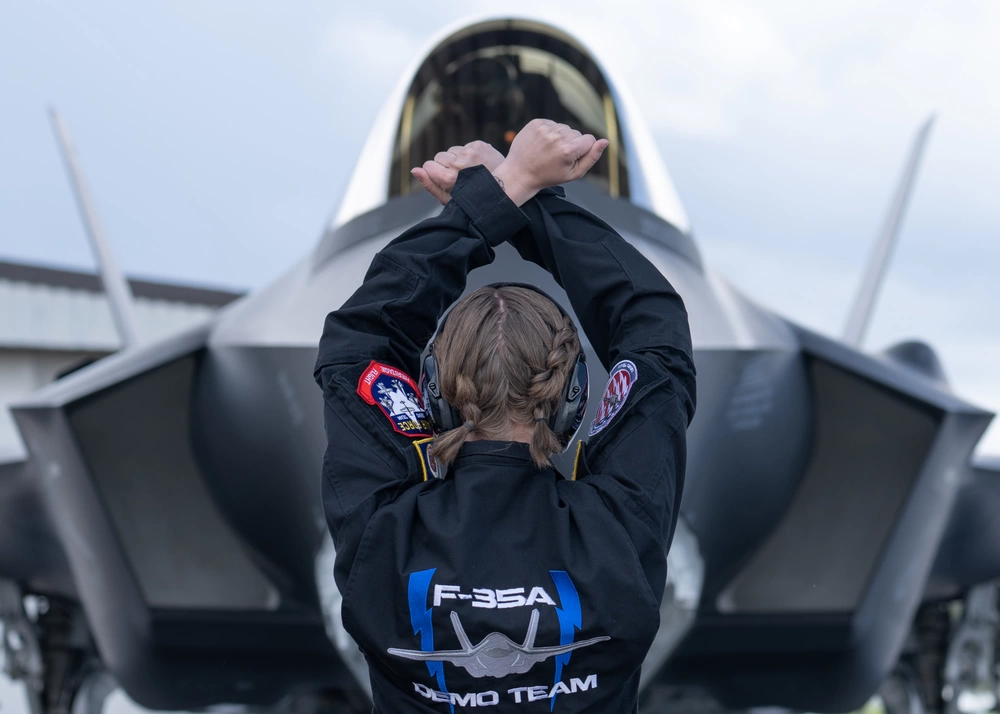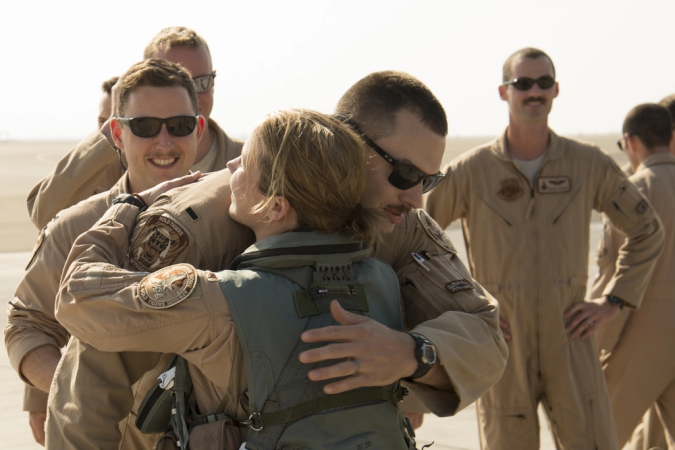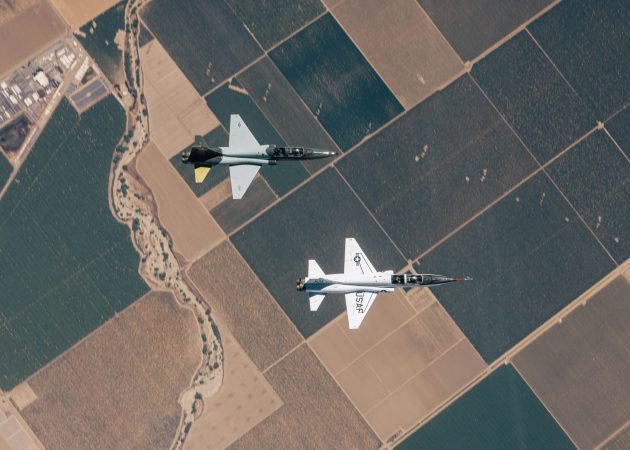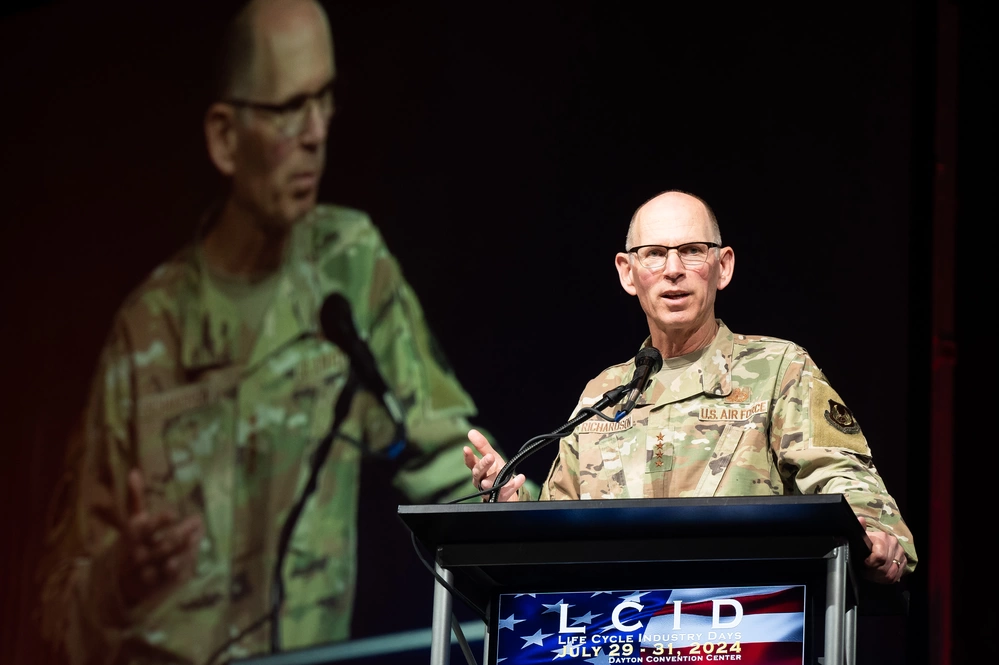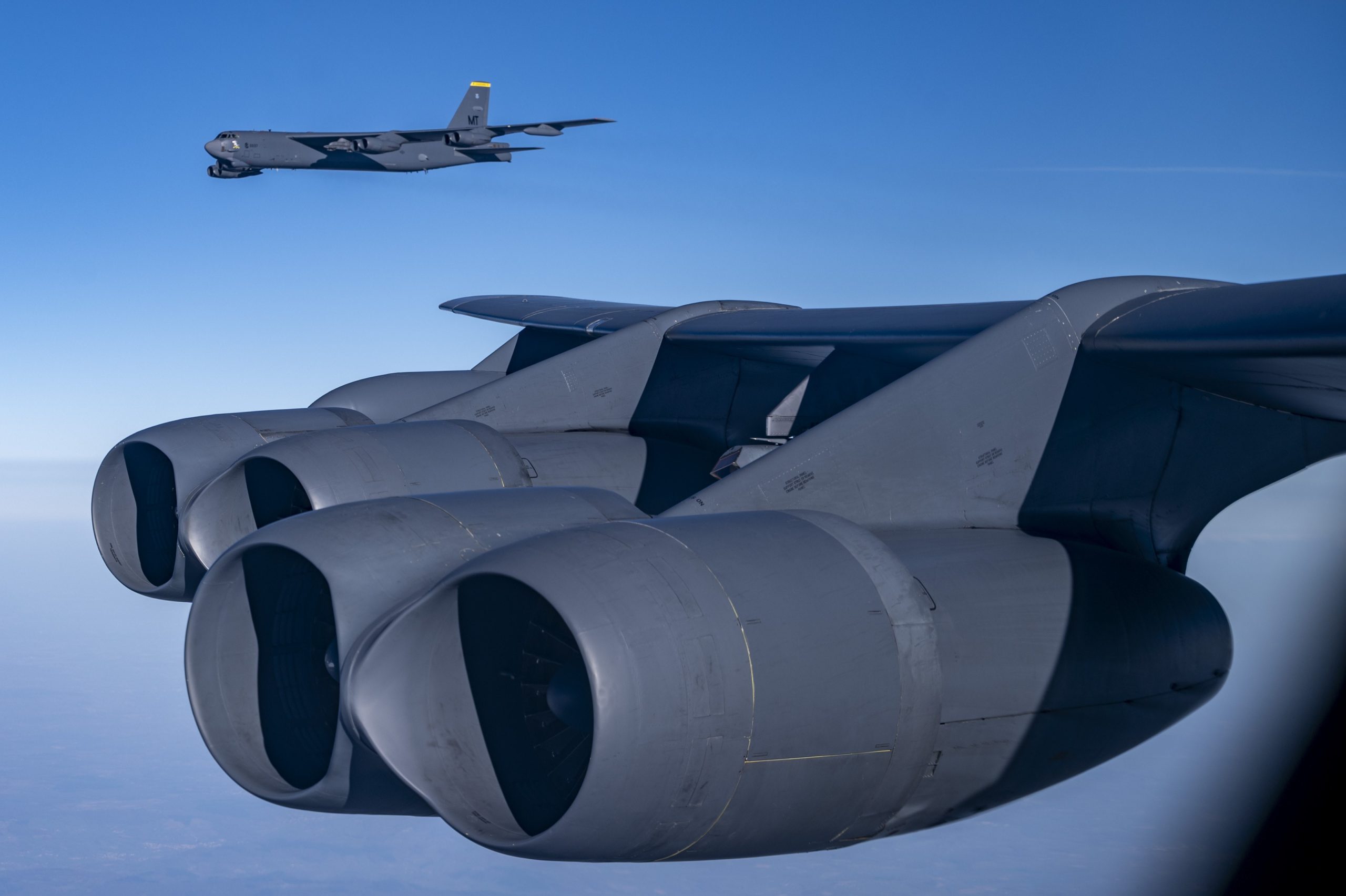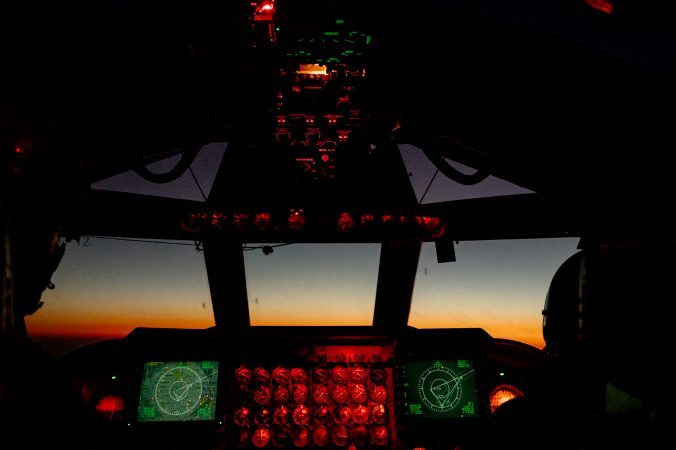AURORA, Colo.—Leaders in charge of Space Force components embedded with combatant commands say their organizations are too small to engage with joint force as they need to. In a panel discussion at the AFA Warfare Symposium, the commanders highlighted the manpower and resource crunch they face as the Space Force’s mission and presence grows around the globe.
The Space Force established Space Forces Indo-Pacific in 2022, and has since added subordinate commands—Space Forces Korea and Space Forces Japan. Other component commands are Space Forces Europe and Africa and Space Forces Central. In each case, the component launched with just a small team: 21 in the Indo-Pacific, about 30 in Europe and Africa, and 30 or so for U.S. Central Command in the Middle East.
By comparison, Pacific Air Forces has more than 30,000 Airmen; U.S. Air Forces in Europe-Air Forces Africa more than 23,000; and Air Forces Central more than 13,000.
Space Force officials noted from the start that their component commanders would be outranked by other component commanders in each region, a challenge when they have to speak up to advocate for resources and strategic decision making. But at the symposium, the component commanders said the compact size of their commands is also having an ill effect.
“My number one priority, as soon as I can get a few extra folks, is to have a [liaison officer] embedded at [Army Central], AFCENT, etc., across all the components,” said SPACECENT commander Col. Christopher Putman. “Just with everything else we have to do, I just don’t have the bandwidth to do that right now.”
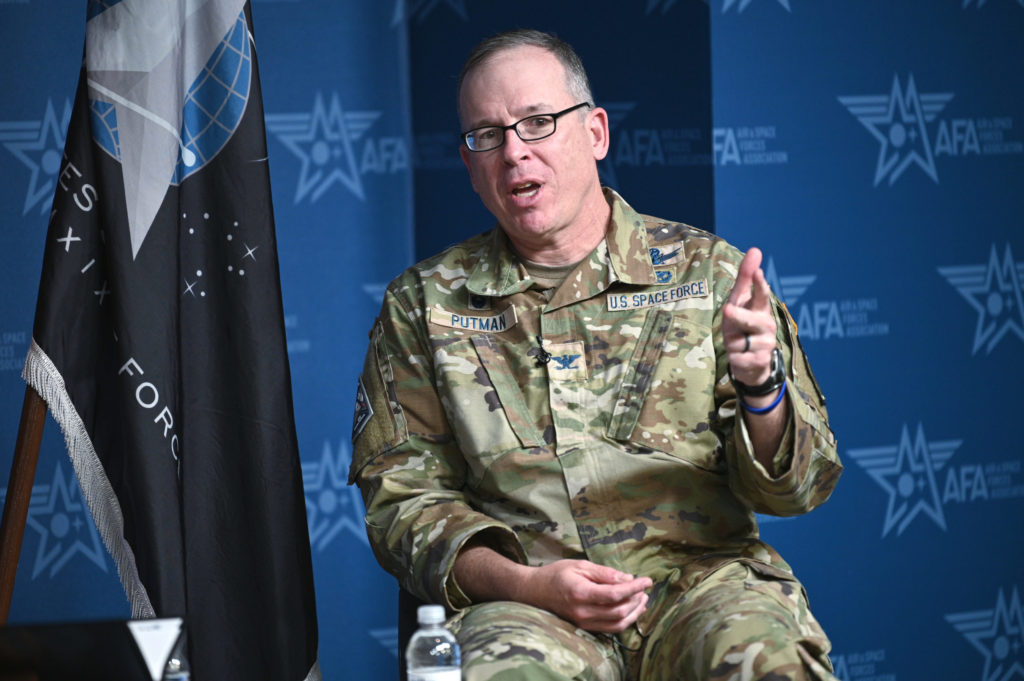
Without liaison officers, Putman noted, space’s contributions to the joint force can be limited.
“We had a carrier come in from the Pacific. I got on the phone, talked to the skipper, and before they got into the AOR, we flew a team of Guardians and soldiers, because I’ve got soldiers on my team, out to the carrier,” Putman said. “They spent a few days planning the operation and just building that knowledge of what the carrier strike group could bring, and what SPACECENT can bring, and the operations thereafter were just, I don’t want to call them flawless, but much better than I’ve ever seen before, and that’s a relationship you have to nurture and continue to work at. We had another carrier come in later on that we just for a whole host of reasons, we didn’t have the opportunity to fly out there and sit on the boat with them, and it didn’t go as well.”
Space Forces Europe and Africa commander Brig. Gen. Jacob Middleton Jr. cited a similar disconnect with other service components, saying he didn’t have the resources or staff to work out with them the specifics of what the Space Force can do for them. That issue was highlighted recently, he said, when another component gave only a cursory nod to space capabilities, saying they could cover whatever the Space Force could not do.
“We’re not resourced to do it, you don’t understand space,” Middleton said.
Exercises under the combatant commands need more Guardians to inject “realism,” Middleton added. By showing exactly what his component can and can’t do, he hopes to gain support for more resources.
“What I’ve been doing is going to the other components, and I say, ‘Hey, here’s your space dependency. What do you want throughout the span of this conflict, what do you want us to invest in? … And then what do you want and are willing to pay for, not just money and bodies and research? Do you have some empty space I can use? Do you have some desk space and computers?” Middleton said. “And so it’s not just an understanding piece, but it gets them vested in getting after the campaign objectives.”
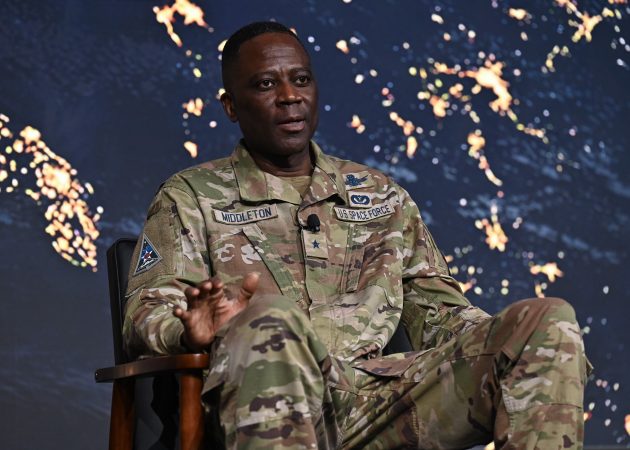
Brig. Gen. Anthony J. Mastalir, commander of Space Forces Indo-Pacific, also cited the need to educate other service components on their “space dependencies.” If an attack in space limits the accuracy and effectiveness of a missile, for example, targeting becomes all the more difficult in the critical Pacific region.
Different organizations are working on models to quantify those effects, Mastalir said, but it is critical “to get them into theater so that the warfighters have access to that data.”
By highlighting the need for space in their theaters, the commanders hope to build their case for more resources and manpower. Their components already have grown—SPACEFOR-INDOPAC now has almost 100 personnel, SPACECENT has more than 60—but none are near where they need to be to fulfill all their anticipated obligations.
“When we’ve done all the mission analysis … that went methodically through the battle rhythm of INDOPACOM, looking at all the touch points we have built, baseball cards for every single position that we need on the staff, to understand what are the inputs, what are the outputs, where is this Guardian contributing to the joint force in this particular environment?” Mastalir said. “You roll that up into a programming plan across Space Forces Indo-Pacific and across Space Forces Japan and Korea, which are also under my flag, you’re looking at a headquarter size of somewhere between 400 and 500.”
That’s four to five times the current command’s manning.
Competition for resources will only increase as additional component commands stand up. Chief of Space Operations Gen. B. Chance Saltzman told reporters at the symposium that Space Forces South will soon launch as a component to U.S. Southern Command. Its headquarters has already begun to take shape.
